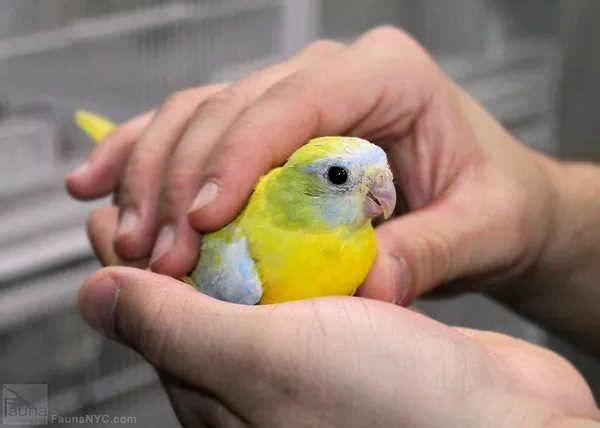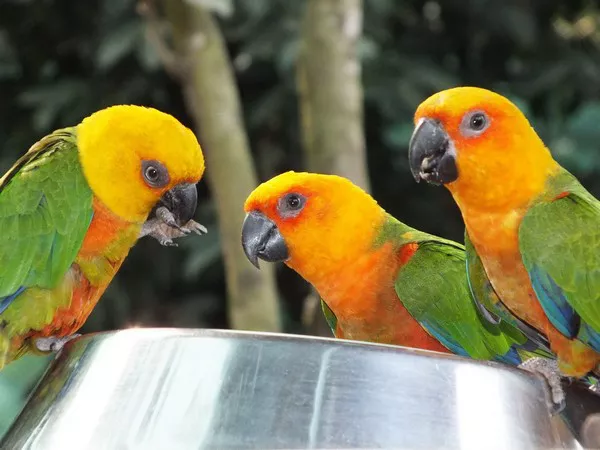Cockatiels, with their charming personalities and beautiful plumage, are popular pet birds around the world. If you’re a proud owner of these delightful creatures, you might be curious about how to determine the gender of your feathered companions. While identifying the gender of cockatiels can be a bit challenging, there are several reliable methods and subtle differences that can help you discern whether you have a male or female bird. In this article, we will delve into these methods, shedding light on the various cues that can aid you in correctly identifying the gender of your cockatiel.
Understanding Sexual Dimorphism
Sexual dimorphism refers to the observable physical differences between males and females of the same species. In cockatiels, these differences can be quite subtle, and not all of them apply to every individual bird. It’s essential to consider a combination of cues rather than relying on a single characteristic.
1. Head Crest
The head crest is one of the most distinctive features of a cockatiel. Male cockatiels typically have brighter and more vividly colored crests compared to females. The crest of a male cockatiel is often vibrant yellow or orange, while that of a female tends to be paler in comparison.
2. Cheek Patches
Observing the cheek patches can also provide clues about a cockatiel’s gender. Male cockatiels usually have bright, vibrant cheek patches, whereas female cockatiels have softer and lighter patches. The cheek patches of females can be a subtle gray or even a light yellow.
3. Behavior and Vocalization
While not a foolproof method, observing behavior and vocalizations can offer hints about the gender of your cockatiel. Male cockatiels are known for their more extensive repertoire of songs and whistles, which they often use to communicate and attract mates. Females are generally quieter and may produce softer, more melodic sounds.
4. Tail Feathers
Examining the tail feathers of cockatiels can provide additional insight into their gender. In male cockatiels, the outer tail feathers usually have distinct dark stripes, creating a noticeable pattern. Female tail feathers tend to be more uniform in color and lack the pronounced striping.
5. Wing Markings
Male and female cockatiels may also exhibit differences in their wing markings. Male cockatiels often have more pronounced and bolder wing markings, while females have less defined patterns on their wings.
6. Body Size and Shape
In some cases, males and females can differ slightly in body size and shape. Male cockatiels might have a slightly broader and more robust appearance, while females may appear slightly smaller and leaner. However, this difference can be challenging to discern, especially for novice bird owners.
7. Vent Examination
Determining gender through vent examination should be left to experienced avian veterinarians or professionals. This method involves looking at the vent area for subtle differences, such as the distance between the pelvic bones. It’s important to note that this technique requires expertise to avoid causing stress or harm to the bird.
Conclusion
Identifying the gender of cockatiels is a skill that requires careful observation and an understanding of the subtle differences between males and females. While some cues, like head crests and cheek patches, are more apparent, others may require a trained eye. Remember that sexual dimorphism can vary, and not all cockatiels will display all of these differences. If you’re uncertain about your cockatiel’s gender, consulting with an avian veterinarian or an experienced bird enthusiast can provide you with valuable insights. Enjoy the journey of discovering more about your feathered friends and building a deeper bond with them.
Recommended reading:
























